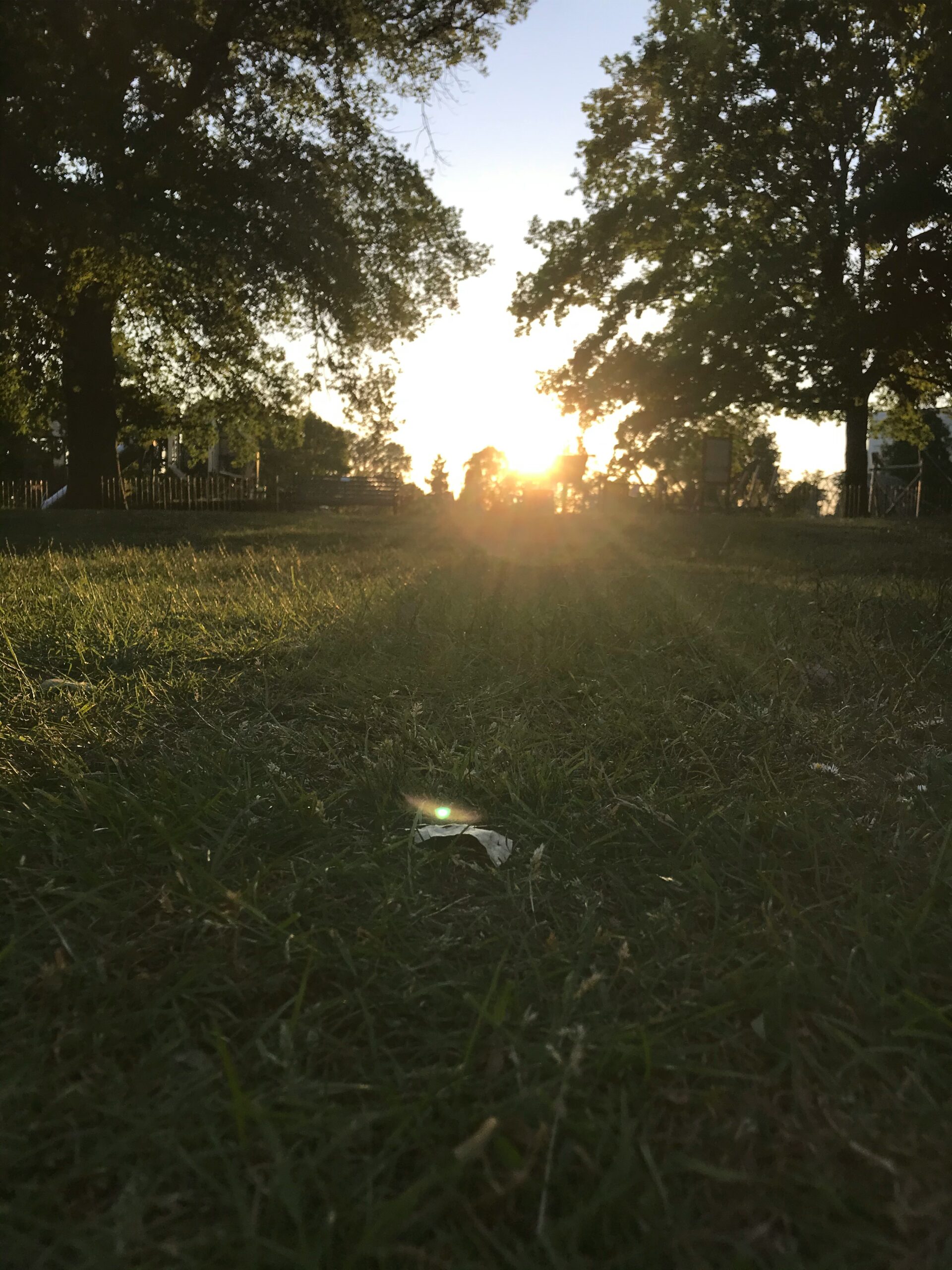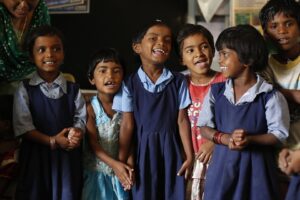Mindanao Cultural Masters Shine as National Living Treasures
Seven out of the nine distinguished cultural masters hailing from Mindanao have been accorded the prestigious title of Manlilikha ng Bayan (National Living Treasures).

Photo Courtesy: Yadu Karu
Seven out of the nine distinguished cultural masters hailing from Mindanao have been accorded the prestigious title of Manlilikha ng Bayan (National Living Treasures), as proclaimed by Presidential Proclamation No. 427, Series of 2023.
Among these esteemed individuals are Bundos Bansil Fara, recognized for Tboli brass casting; Barbara Kibed Ofong, renowned for Tboli textile weaving; and Rosie Godwino Sula, celebrated for Tboli chanting. This trio of cultural masters hails from Lake Sebu, South Cotabato.
Other notable cultural masters from Mindanao include Abina Tawide Coguit, acknowledged for Agusan Manobo embroidery from La Paz, Agusan Del Sur; Marife Ravidas Ganahon, distinguished for Higaonon mat weaving from Malaybalay, Bukidnon; Samporonia Pagsac Madanlo, lauded for Mandaya textile weaving from Caraga, Davao Oriental; and Haja Sakinur-ain Mugong Delasas, esteemed for Sama dance from Bongao, Tawi-tawi.
Completing the list are Adelita Romualdo Bagcal, recognized for Ilocano oral traditions from Banna, Ilocus Norte; and Amparo Balansi Mabanag, renowned for Ga’dang beadworks and embroidery from Paracelis, Mt. Province.
The stringent selection process for this accolade has identified these nine cultural masters as exemplary representatives of the Philippines’ rich and diverse cultural heritage.
Their exceptional skills and expertise are integral components of the nation’s intangible cultural heritage. The recognition stands as a poignant testament to the immense value of traditional art forms in shaping the Filipino identity and fostering national pride.
Reden Ulo, Commissioner and Head of the NCCA-GAMABA Executive Council, said that honoring these cultural masters serves as a wellspring of inspiration, contributing to the revitalization of cultural heritage.
The commissioner emphasizes the potential for the younger generation to draw inspiration from these GAMABAs, prompting a renewed cultural appreciation.
He underscores the importance of community preparedness in light of this recognition, extending from cultural workers to local government.
He notes that this acknowledgment opens up a plethora of opportunities for their respective towns.
Senate President Pro Tempore Loren Legarda expresses her joy in recognizing these nine individuals as new cultural luminaries.
She commends their unwavering contributions to the country’s rich and diverse art and culture, noting that their works serve as a constant reminder of their significance to the country’s intangible cultural heritage.
Legarda is optimistic about an increasing number of Manlilikha ng Bayan awardees in the future and emphasizes the importance of acknowledging their contributions and facilitating knowledge transfer to younger generations.
The senator has been a staunch advocate for the GAMABA Award, playing a significant role in promoting and preserving Philippine arts and culture through various initiatives.
Established through Republic Act No. 7355, the Gawad sa Manlilikha ng Bayan (GAMABA) is the highest state recognition bestowed upon traditional and folk artists whose distinctive skills have achieved a remarkable level of technical and artistic excellence.
“Manlilikha ng Bayan” refers to a citizen engaged in any uniquely Filipino traditional art whose skills have reached a high level of technical and artistic excellence, widely practiced and passed on to the present generation in the community.








